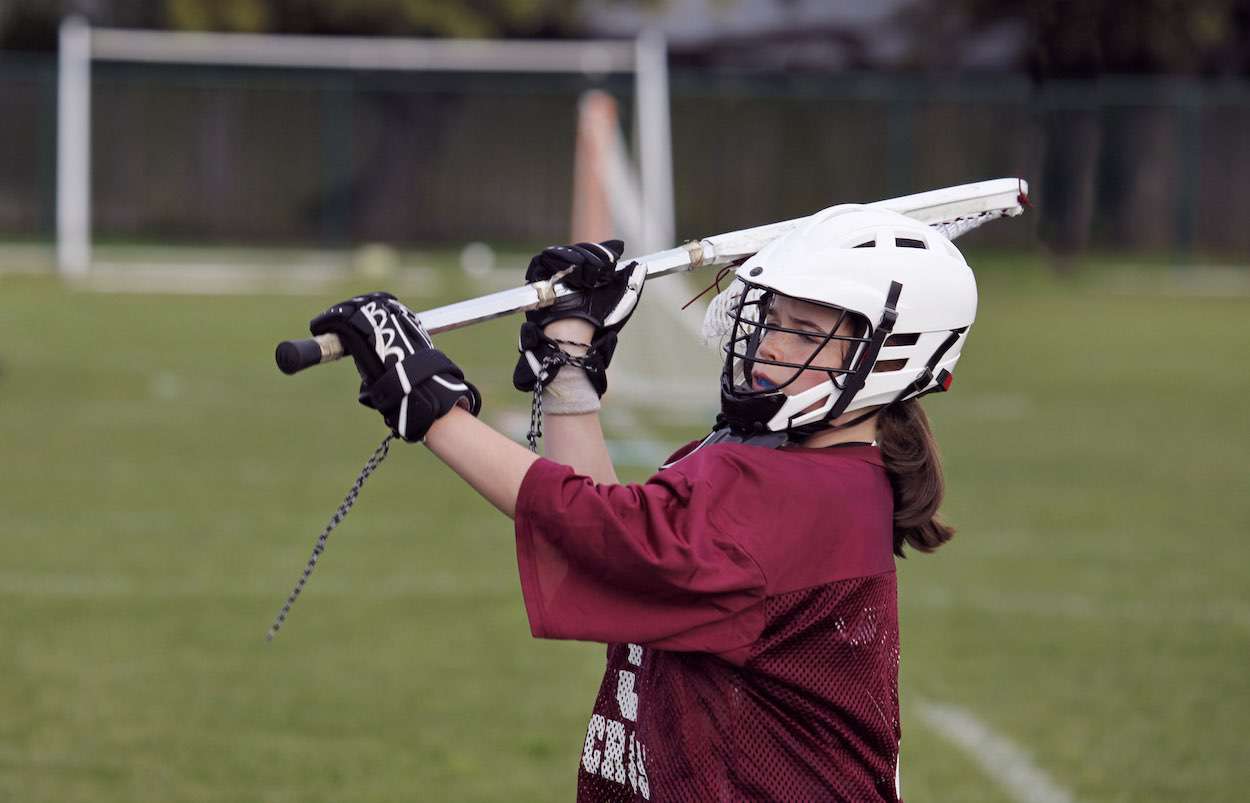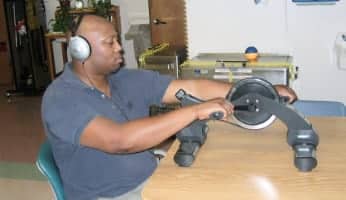Ann’s Athletic Transformation: From Lacrosse to Cheerleading with IM

Home - Testimonials - Pediatric Testimonials - Ann’s Athletic Transformation: From Lacrosse to Cheerleading with IM

Ann’s Athletic Transformation: From Lacrosse to Cheerleading with IM
Pediatric Dyslexia Case Study
“Ann” is a fourteen-year-old female diagnosed with dyslexia.
For the past few years she had been in inclusion classes and receiving remedial reading with the reading specialist in her school district two times per week. She had completed the 4th level in the Wilson Reading Program and was not receiving remedial tutoring during the time that she was completing IM treatment.
Initial Pretesting
At the initial pretesting session, the Gray Oral Reading Test-4 was administered to assess her reading rate, accuracy, fluency, and comprehension. Ann broke down in tears at her inability to read the simple passages, but she then collected herself and chose to continue the testing with a renewed strength and hope that Interactive Metronome (IM) treatment would be of value in helping her to read better.
Ann found her hope in IM through the positive experiences of friend who had completed treatment the previous summer with a 1.5-year gain in reading comprehension fluency and comprehension.
Ann’s initial level of functioning in grade equivalency was a 1.4 in reading rate, 2.2 in accuracy, 1.4 in fluency, and <1.1 in comprehension according to the GORT-4.
IM Long Form Assessment Testing
After observing Ann’s stress from being confronted with her severe reading deficits on the GORT-4, it was decided to administer the IM pretest Long Form Assessment during a separate second session.
Wearing headphones, Ann tried to match the rhythmic beat she heard with specific hand and foot motions using hand and foot triggers.
The IM system used the data captured by the triggers to calculate and record how closely Ann was able to synchronize her motions to the rhythmic reference beat. The results were then displayed as a numerical score in milliseconds (ms) that provided a measure of her basic neurological and motor planning, sequencing, and timing capacities. Lower IM millisecond scores indicate better performance.
Ann‘s performance on the IM Pre Long Form Assessment also demonstrated severe deficiency, yielding an overall score of 130.4 ms and a Super-Right-On (SRO) of 10.1%.
Attend Over Time Testing
On the Attend Over Time Test, Ann’s performance demonstrated her difficulty with task vigilance, yielding an overall score of 155.0 ms and a SRO of 6%.
This was also noted in her initial regular treatment sessions when same task scores worsened as the task durations increased.
Customized IM Training
Although Ann considered herself athletic since she was involved in both lacrosse and cheerleading at her middle school this past school year, she did not demonstrate the expected level of stamina for an athlete.
Her eyes welled with tears over fatigue during the third through fifth sessions.
However, she was determined to complete the sessions without reducing the task durations back to a level of comfort. The visual feedback component in the Interactive Metronome system helped keep Ann on task by providing the additional visual cues to help her monitor her taps.
She was better able to “see” the early and late taps and to adjust her rhythm to synchronize with the reference tone. The use of the visual feedback component was gradually faded until it was no longer used after the sixth session.
Although she strove to meet the standards without modifications, some (such as reducing the number of tasks) were often made without Ann’s knowledge.
Results with IM
Before the seventh session, she reported that she had begun freshman lacrosse camp at her high school with surprising adeptness in her ability to play the game. Her coach quickly assigned her to take charge of the drills at practice.
Ann reported a dramatic improvement in her ability to catch the ball after it bounced off the wall with 100% accuracy, which replaced her previous performance accuracy of 40-45%.
By the last session, Ann also made the varsity cheerleading squad and the competitive cheerleading squad at her high school. This was quite a feat for an incoming freshmen student.
Her self-esteem was obviously boosted by her newfound performance ability.
Ann met her objectives by the fourteenth session with her task vigilance and Super-Right-On accuracy improving.
Post IM Testing
She entered for her final Long Form Assessment with mostly quiet confidence but some hint of anxiety over her final performance ability. She quickly overcame her initial hesitancy once she began the tasks.
Her final overall score was a 30.1 ms and a SRO of 40%, a 300% improvement.
Reading results from the GORT-4 test indicated an eight month acceleration in reading rate, two years in accuracy, 1.6 years in fluency, and most significantly, over 6.7 years in reading comprehension.
Her therapist therorized that her newfound confidence in her abilities helped her to be less anxious at the presentation of the reading task and allowed her to achieve a score indicating a dramatic improvement in ability.
This case demonstrates the positive effect Interactive Metronome treatment can have on reading fluency and comprehension as observed by Ann’s gains. Only IM treatment took place for the weeks of intervention culminating with positive outcomes noted in attention, self-confidence, and sports agility and timing as well as dramatic gains in reading related areas.
For More Information: A growing number of practitioners in over 1,700 clinics, hospitals, and universities are using the IM program to improve their clients’ overall cognitive and physical functioning. To learn more about how to incorporate the IM program into your clinical setting, contact:
Barbara Fuoco-McCooley, MA CCC-SLP, is a certified Interactive Metronome provider and the Director of Innovative Designs for Educational Achievement, LLC in Moorestown, New Jersey. Their web site is www.innovative-educational-solutions.com.




